2019 BMW 3-series review, test drive
The new BMW 3-series will come to India in July. We drive it first to see how the C-Class rival stacks up.
Published on Dec 12, 2018 02:50:00 PM
33,547 Views
Follow us on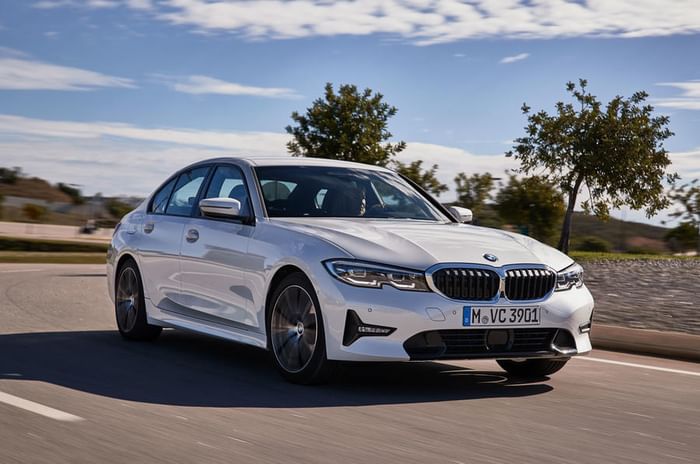

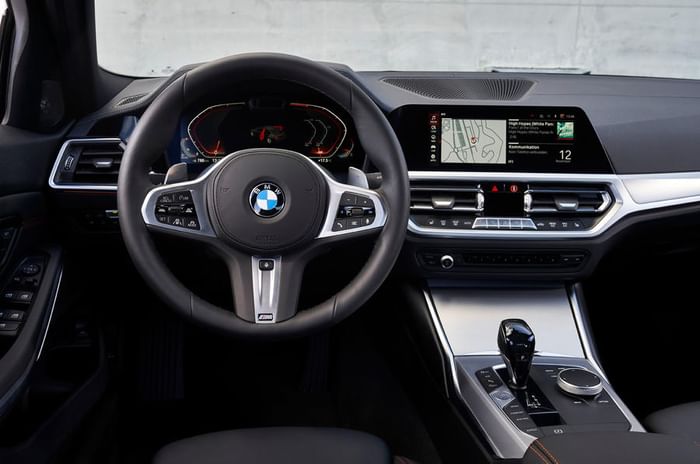
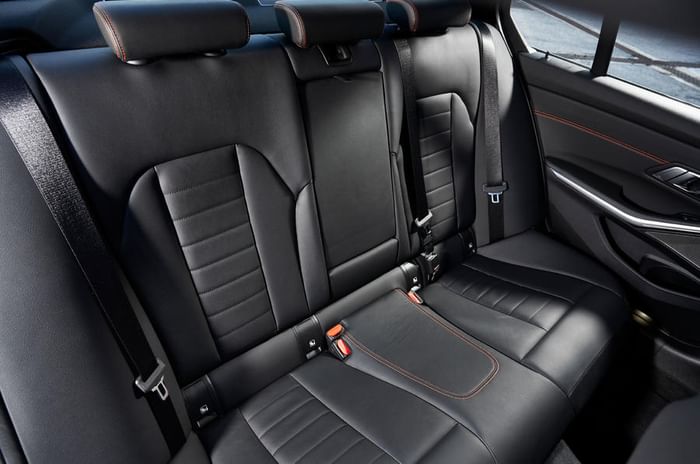
The BMW 3-series is a rear-wheel-drive compact luxury sedan that has always been designed and engineered with the driver in sharp focus. Now in its seventh generation globally, BMW says the new 3 is more luxurious, better equipped and more comfortable than the current car. And that's not it – BMW even claims it's the best 3-series to drive ever. So expectations are high. With the 320d and 320i likely to be in showrooms only in July next year, are they worth waiting for?
What is it?
The new 3-series is truly all new. Based on BMW's Cluster Architecture (CL AR) – first used on the 7-series and later the 5 – the new 3-series is around 55kg lighter, a massive 50 percent stiffer, and longer and wider than the current car. It also gets a 10mm lower centre of gravity for better agility, a wheelbase that's longer by 41mm and the track, in general, is up by 30mm too. Unlike the 5, however, the front wheels of the 3-series are not suspended by double wishbones; it gets the more affordable McPherson struts. And it also has an all-new damping system that offers greater control of the spring (it uses an additional piston in the damper to control rebound over bumps).
The design of the exterior also seems to dovetail nicely with the more sporty fundamentals. The design is more aggressive and edgy, there are sharper lines and cuts, and the larger wheels give it a more planted look as well. While the basic silhouette of the 3 remains, the nose of the car is all new. The oversized kidney grille is now much wider, the wraparound headlight clusters seem to emerge from under the grille and there are some exaggerated cuts on the bonnet. It works nicely, but I can't help but feel some of that old BMW visual magic is gone; remember the narrow nostrils, round headlights and the hooded brows? The new 3-series also gets three different chins. The 320d's (the white car) is the neatest of the lot and the least aggressive, and the NACA ducts on the air dam work particularly nicely. At the rear, all 3-series get twin tailpipes, the 320d included. The design of the rear, however, is a bit too simple and anonymous. Remove the blue and white badge and it could be anything.
| BMW 3 Series Price, Mileage, Specifications, Features and Variants | |
|---|---|
| Brand | BMW |
| Model Name | 3 Series |
| BMW 3 Series Price | ₹ 80.08 lakh |
| BMW 3 Series Range/Mileage | Petrol : 13.02kpl |
| BMW 3 Series Specifications | Sedan | 4 doors | 5 seats View All Specs |
| BMW 3 Series Features | LED headlight | 14.9 Touchscreen display | 6 airbags View All Features |
| BMW 3 Series Variants | M340i xDrive 3.0 Petrol View All Variants |
What's it like to drive?
Let's start with the ride, especially over bad roads. While the roads in Portugal are much better paved than the ones we have back home, I did encounter some nasty patches, and it is here over some large ruts and sharp bumps that BMW's new damping system clearly impressed. Yes, as ever with the 3-series, you can feel a hint of stiffness in the springs and there is still some up and down movement at speed. But the new system works so well, the suspension still smothers most bumps like they barely exist. The suspension is silent and never crashes, and what's impressive is that even small road imperfections are dismissed easily. This should be the best riding 3-series we've ever had in India, especially once the Indian car get a slightly raised rough road suspension and taller profile tyres.
The new 3-series also has massive amounts of grip. The chassis is much stiffer, the centre of gravity is lower and the wheels are placed wider apart (you can feel that from behind the wheel). In fact, grip levels are so high and the car feels so planted, it feels completely nonplussed, even though initially you think you are driving close to the car's limits. The steering is very relaxed and measured, and the new 3 isn't quite as agile as the current car, but there's just so much poise and stability, you need to up your pace considerably if you really want to get the rear of the car sliding. Find the right road, like we did, get 'up to speed' with the higher levels of grip, and the new 3-series will deliver a driving experience that is a lot more superior to its rivals, to easily be the best driving car in its class. And what's impressive is that the harder you drive, the more agile and better it gets. Still, you do miss the current car's low-speed agility and sense of playfulness.
Performance is also a small step up on the current car. The diesel engine makes an identical 190hp but performance in the mid-range feels more muscular and stronger. The engine is more refined, insulation is better and it even feels more responsive at low engine speeds. A lot of these changes are because BMW has gone from using a single twin-scroll turbo to twin sequential units – one large and one small. Thankfully, the engine still revs all the way to 5,000rpm and pulls hard all the way to 4,700rpm or so. So you are never left wanting for performance. The 320d, in fact, does 0-100 in just 6.8sec, almost as quick as the original E30 M3 from the late '80s at 6.5sec. BMW's diesel, however, still isn't as smooth or as quiet as Audi's, and it's not as responsive either.
The petrol 330i, also expected in India at a later date, is much quicker, of course. It needs only a claimed 5.8sec to reach 100kph, and performance – especially from 4,000 to 6,500rpm – is extremely strong. In fact, with 258hp (we'll initially get the 320i with 184hp) and sporty gearing, the 330i feels so quick, so smooth and so happy to be spun fast, you would almost believe it is one of BMW's famous straight-six motors under the hood. And because it is turbocharged, it doesn't quite have that frenzied free-revving nature above 6,000rpm and it also doesn't wind as quickly through the last 1,000rpm of the powerband. But there's a lot more punch in the mid-range, and this makes performance relatively effortless – a clear plus when you want to drive in a fast but a more relaxed manner.
What's it like inside?
The first thing you notice on the inside is that the dashboard is all new. In fact, cover the badge on the steering wheel and it is difficult to identify this as a BMW. Even the design of the iDrive controller is different. Still, the design works well and there are more high-quality materials here than on the current car, so it clearly feels more expensive too. There's a lot more chrome on the centre console, the hexagonal vents look like the exhaust nozzles on a stealth fighter and the new 3-series gets a larger 8.8-inch infotainment touchscreen. What's nice is that you can now use voice commands to control it, with an easy-to-use 'Hey BMW' that can also be reconfigured to any name you choose. There's also gesture control, an all-new software and look to the iDrive screen, and, in a first for a BMW, the car’s software can be updated remotely, so new features can be added easily at a later stage. However, some plastics, especially those around the iDrive controller and the gear lever, could have been better built, the steering is a bit large and the digital instrument cluster, though attractive to look at, takes some getting used to. The latter isn't as easy to read as BMW's white-on-black crackle dials, there's also a large gap between the speedo and the tachometer and then, just to complicate things further, the tachometer needle runs anti-clockwise, which is a bit counter-intuitive. Still, the cabin does benefit from feeling fresh, new and very luxurious, and functionality is so good, you soon start enjoying the experience, the greater acoustic refinement and all the new gizmos. You can even program your phone to work like the car's key – one less thing to carry in your pocket.
What also helps you relax a bit more is that the new 3’s cabin is the most spacious in its segment. There's more shoulder room than the current car, both in the front and the back, there's more legroom in the rear, and the headroom in the back is considerably better too. And then there are the seats; possibly the best bit. Large, very supportive, and cushioned just right, they enhance comfort levels hugely. In fact, so comfortable are the front seats, the new 3 feels like a much larger and more comfortable car. You are sat a bit low in the back, but thigh support is good, the backrest is perfectly reclined and support for the upper back is very good too. This clearly is the best back seat in its class.
Is it worth waiting for?
In a word, yes. Nicer to sit in, more spacious on the inside and better built and equipped, the 3-series now feels more like a luxury car on the inside. The ride should be very good, it is more refined than the current car, and what gives it a massive advantage is that when it comes to driving pleasure, it is now truly head and shoulders above the competition. It may not feel as playful to drive at low speeds as the current car and performance isn't dramatically better, but the overall driving experience is so much better, you can still see the sportscar under the four-door sedan. Expected to be in showrooms in July 2019 at an estimated price of Rs 40 and 48 lakh, the new 3-series has what it takes to be the best car in its class. It is that good.
Tech Specs 
Copyright (c) Autocar India. All rights reserved.


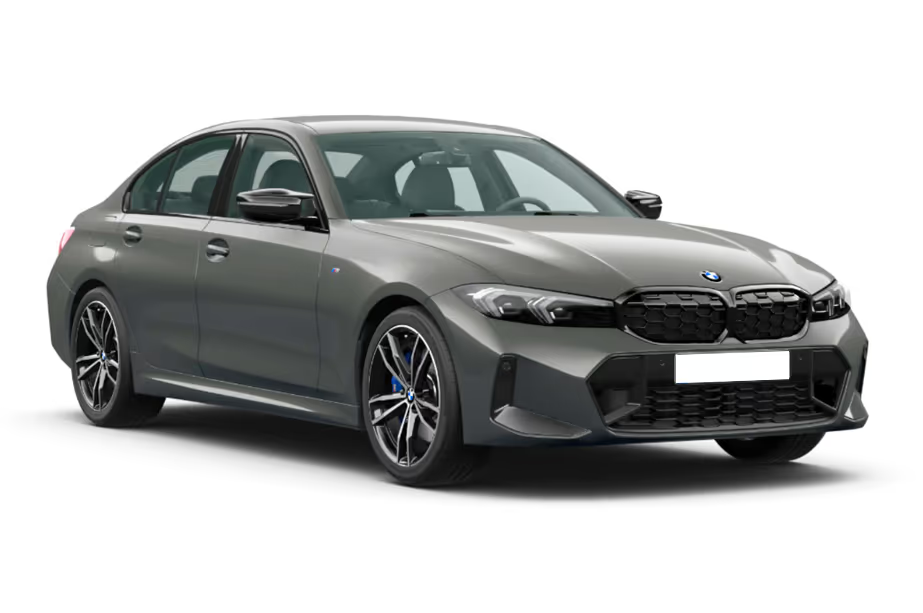
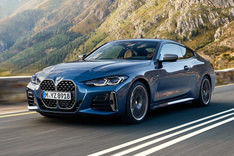





 Engine
Engine Transmission
Transmission Body
Body Suspension
Suspension Dimensions
Dimensions
Comments
Member Login
Personal Details
No comments yet. Be the first to comment.